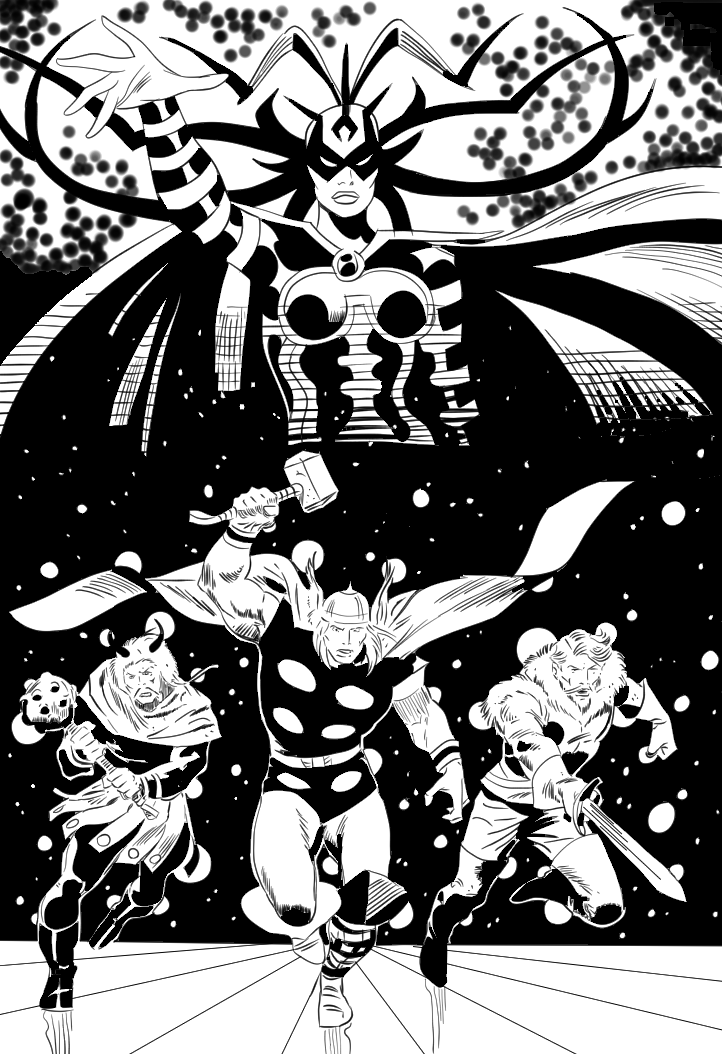As much as there is to like about the Surface Pro's various keyboard covers, there's no doubt they leave something to be desired as cases. Since they don't latch and leave the back of the tablet exposed, there's something unsettling about relying on them for protection.
The Surface Pro's kickstand and keyboard connector also present unique design challenges to traditional case manufacturers. This may explain why so few tailor-made products have reached the market in the year since the Surface Pro was first introduced.
Indiegogo funded Key Add-On Systems Engineering took this design challenge to heart with its first product, the ProKASE Mobile Dock. Besides providing a basic case that accomodates the Surface Pro and its keyboard cover, the ProKASE offers a removable dock cover with three USB 3.0 ports, and full-sized CF/SD card readers.
Although at $70 it's a little pricey for a case, this additional functionality makes the ProKASE an investment worth considering. To order the ProKASE, visit https://pkase.com/
The ProKASE is available in black, cyan and purple to match your keyboard cover. There were slight imperfections in the stitching of my cover, but the construction quality is consistent with other cases I've purchased for the iPad and Android devices.
The ProKASE consists of three parts: the frame (above) holds the Surface Pro and has appropriate openings for the camera and the tablet's various other buttons, ports and vents. The other two parts are the dock cover (lower left) and the thin cover. The black strips sewn into both covers provide stops which duplicate the functionality of the Surface Pro kickstand.
Both covers adhere to the frame with a wide velcro tab. The flap on the frame folds out to provide great stability when the case is opened. The Surface Pro sits much more firmly in one's lap when used in this manner (see gif animation below).
The dock cover sacrifices one of the stopping strips for a padded palm rest. When it's not connected to the Surface Pro, the connector cable on the left side of the dock cover is tucked safely out of the way. Pulling the cable out of its housing can take some effort.
The connecting cable hides a USB 3.0 and CF card reader on the left side of the dock cover. The vacant cable storage port is to the right of the card reader.
An SD card reader (left) and two USB 3.0 ports sit on the right side of the dock cover.
The dock cover connector plugs into the Surface Pro's USB port. There are no drivers available from ProKASE and I worry that this may become an issue in the future. My tablet sometimes reports it's unable to identify the USB device when the dock is plugged in. I've also had intermittent issues with the Marvell wifi driver while the dock is connected.
The closed ProKASE on the left with the thin cover and the open case with dock cover. The support is firm enough that it's possible to draw on the Surface Pro screen at this angle.
With the keyboard cover attached, the Surface Pro screen can be angled much lower than with the kickstand.
The dock cover (right) has a visible fold on the underside of the padded palm rest.
The ProKASE was designed before the release of the Microsoft Power Cover so it's no surprise that the thicker keyboard doesn't fit very well in the case. The fold in the dock cover refuses to lie flat.
Even with the ProKASE strapped closed, the Power Cover and dock cover are an uncomfortable fit. Together the ProKase, Surface Pro and Power Cover dwarf an SP with type cover (right).
The strapped ProKASE with dock cover and type cover is slightly less bulky, especially compared to the Surface Pro with Power Cover (right).
The spine of the ProKASE (left) is about 1.5 inches thick, about twice the size of the Surface Pro with type cover.
With the thin cover and type cover, the ProKASE is almost the same width as the Surface Pro and Power cover.
What is bound to be one of the ProKASE's most popular features is the elastic loop at the top of the frame which secures the Surface Pro pen.
Although it's designed for the standard pen, the loop expands to hold the much thicker Wacom Bamboo Stylus Feel Carbon.























